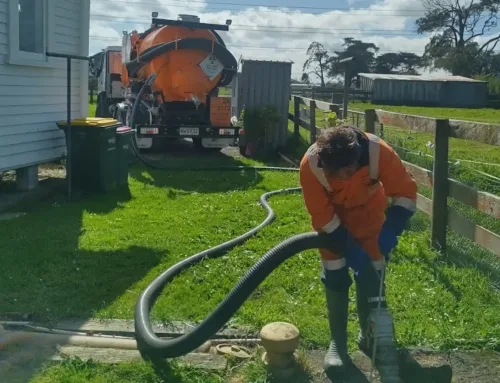Some Ideas on Reclaim Waste You Need To Know
Some Ideas on Reclaim Waste You Need To Know
Blog Article
The Buzz on Reclaim Waste
Table of ContentsThe Of Reclaim WasteTop Guidelines Of Reclaim WasteReclaim Waste Fundamentals ExplainedExamine This Report about Reclaim WasteReclaim Waste Things To Know Before You Buy
Check out the kinds, occurrences, and forms of liquid waste. Domestic sewer waste refers to the waste and items from a property sewage-disposal tank. This sort of waste is produced by humans in residences, colleges, and other structures. This only includes sewage-disposal tanks that have a drain area. The correct monitoring and disposal of domestic sewer waste need fluid waste to be transferred to a sewage treatment plant where the appropriate approaches and tools are related to detoxify and deal with waste.
Commercial waste frequently includes prospective threats, such as flammable products or a mix of fluid and strong waste products, and calls for an extra sophisticated and in-depth disposal process. The disposal of business waste usually includes the filtering of waste before transport to make sure safe and correct disposal. Hazardous waste is created from results and runoff of industrial procedures and production.
This kind of waste can not use the exact same sewage monitoring transport or procedures as septic or business liquids. The hazardous waste administration procedure requires the inspection and testing of fluid waste before it undergoes the disposal procedure (liquid waste removal). Drainage waste is the liquid waste that originates from drainage and excess stormwater in extremely inhabited areas or cities
Overflow waste can trigger contamination and flooding otherwise taken care of appropriately. Discover more regarding sewer cleaning and waste management. Making sure correct waste monitoring can protect against calamities and lower ecological damage. Both individuals in domestic settings and professionals in commercial or manufacturing markets can take advantage of understanding the processes and regulations of fluid waste monitoring.
Some Of Reclaim Waste
Get in touch with PROS Services today to find out about our waste administration and disposal services and the proper ways to take care of the fluid waste you create.
(https://disqus.com/by/reclaimwaste1/about/)This supposed 'wastewater' is not only a vital source yet, after therapy, will be released to our land, rivers or the ocean. Utilized water from toilets, showers, bathrooms, cooking area sinks, washings and industrial processes is recognized as wastewater.

water made use of to cool machinery or tidy plant and equipment). Stormwater, a form of wastewater, is runoff that moves from agricultural and metropolitan areas such as roofs, parks, yards, roads, courses and rain gutters into stormwater drains, after rain. Stormwater flows untreated straight to regional creeks or rivers, eventually reaching the sea.
Indicators on Reclaim Waste You Should Know
In Queensland, a lot of wastewater is dealt with at sewage treatment plants. Wastewater is transported from residential or industrial sites with a system of sewage systems and pump stations, known as sewage reticulation, to a sewer therapy plant.
The Division of Natural Resources suggests city governments about handling, operating and preserving sewage here are the findings systems and treatment plants. In unsewered areas, regional governments may require owners to install specific or home sewage treatment systems to treat domestic wastewater from toilets, kitchens, bathrooms and washings. The Division of Natural Resources authorises making use of family systems when they are confirmed to be effective.
A lot of stormwater obtains no treatment. In some new neighborhoods, treatment of some stormwater to remove trash, sand and gravel has actually begun making use of gross contaminant catches. Wastewater therapy happens in 4 stages: Removes solid matter. Bigger solids, such as plastics and various other objects wrongly discharged to sewers, are eliminated when wastewater is travelled through displays.
Uses little living organisms recognizes as micro-organisms to damage down and eliminate continuing to be liquified wastes and fine fragments. Micro-organisms and wastes are incorporated in the sludge.
Some Ideas on Reclaim Waste You Need To Know
Nutrient removal is not available at all sewer therapy plants because it requires costly specialised tools. Clear fluid effluent created after treatment may still include disease-causing micro-organisms - liquid waste removal.

Many wastewater flows right into the sewerage system. Under the Act, regional governments provide approvals and permits for environmentally appropriate activities (Ages) involving wastewater releases that could have a regional influence.
The Ultimate Guide To Reclaim Waste
Monitoring supplies accurate details concerning water quality and can confirm that licence conditions are being satisfied. The info gotten via monitoring offers the basis for making water high quality choices.
Report this page